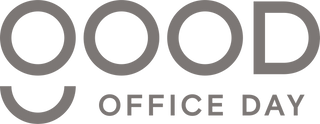
Highly renewable resources
A renewable resource is one that can be used repeatedly and does not run out because it is naturally replaced. Because bamboo and sugarcane are grasses rather than hardwoods, they both grow quickly in as little as 3-4 months (trees can take up to 30 years to grow). No replanting is necessary - unlike trees, which never grow back after being cut. Bamboo can grow in environments with depleted soil and water and actually return nutrients to the soil, which improves the degraded area. Bamboo also does not require fertilizers. Recycling or processing a tree into tissue can take much more water and energy than the minimal processing necessary to turn bamboo and sugarcane into paper. BPA can also be found in recycled tissue after drinking and cleaning recycled paper.

Refillable & reusable
Plastic pollution is a credible crisis but if used correctly, these items have a long life cycle due to the nature of the product. Refillable products are used to eliminate single use plastic, and can be used with recyclable and compostable interior components, thus increasing the life cycle. Buying refillable products, instead of new saves almost 70% on CO2, 65% on energy and 45% on water, according to research conducted by The LCA Centre.







